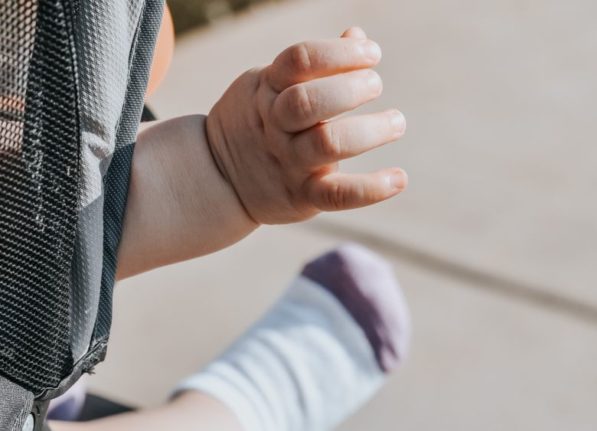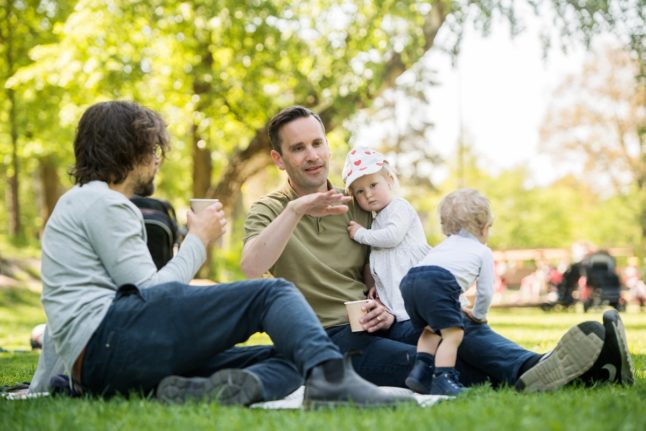You are usually eligible for multiple parental support schemes when you have a child in Norway (or when you adopt a baby). The exact benefits you’ll have the right to depend on your individual circumstances.
The key financial support schemes include parental financial allowance and a one-off lump-sum grant.
So, how do you know which of the two benefits you’re entitled to?
Do I qualify for parental allowance or a lump-sum grant?
According to the Norwegian Labour and Welfare Administration (NAV), as of December 2022, parental allowance is reserved for people who need to replace their income when they have to be at home with the child in connection with birth or adoption.
Note that you need to start taking out the parental allowance before the child turns three years old or before you begin getting parental allowance for a new child.
When it comes to the one-off lump-sum payment, people usually get it if they’re expecting a child and have not had income that entitles them to parental allowance for 6 of the last ten months.
In such situations, they are entitled to a one-off payment instead of parental allowance.
In 2022, the one-off, lump-sum grant amounted to 90,300 kroner per child.
Usually, the money for the one-off benefit is paid out one week after the relevant application has been approved by the Norwegian authorities.
Which conditions do I need to meet to get the lump-sum payment?
As the NAV points out on its website, you can receive the one-off benefit if you have not had income that entitles you to parental allowance.
Generally, there are two requirements that one must meet to receive the said benefit: you need to be the child’s mother (even though the father or co-mother can receive the benefit in special cases), and you need to live in Norway.
There are several things you need to know about the rights and obligations that your partner has after your one-off benefit gets approved. You can find more details on those here (in Norwegian).
It’s good to remember that getting the one-off benefit does not entitle you to other benefits in Norway. However, you have the right to apply for the one-off benefit even if you are entitled to parental allowance.
Keep in mind that you cannot change your choice once you have received the decision on the granting of a one-off benefit from Norwegian authorities – so choose carefully!
Also, remember that parental allowance and the lump-sum grant are mutually exclusive, meaning you can only get one.
As your individual circumstances dictate whether you are eligible for the lump-sum payment, make sure to use the NAV’s online wizard (available here) to determine whether you qualify for parental allowance or the one-off benefit.
Differences between the one-off payment and parental allowance
There are multiple important differences between the two benefits.
For example, if you get the parental allowance, tax will be deducted from your payments (that is not the case with the one-off payment).
Furthermore, paid parental allowance entitles you to earnings for other benefits, such as sickness allowance, unemployment benefit, and others.
You can find out more about these differences on the NAV’s website, here (in Norwegian).
How to apply for the lump-sum grant?
As of 2022, you need to submit a written application to the NAV in order to receive the one-off benefit.
You can find application forms for the one-off payment (regardless of whether you’re having a baby or adopting) on the NAV’s website, here (in Norwegian).



 Please whitelist us to continue reading.
Please whitelist us to continue reading.
Member comments